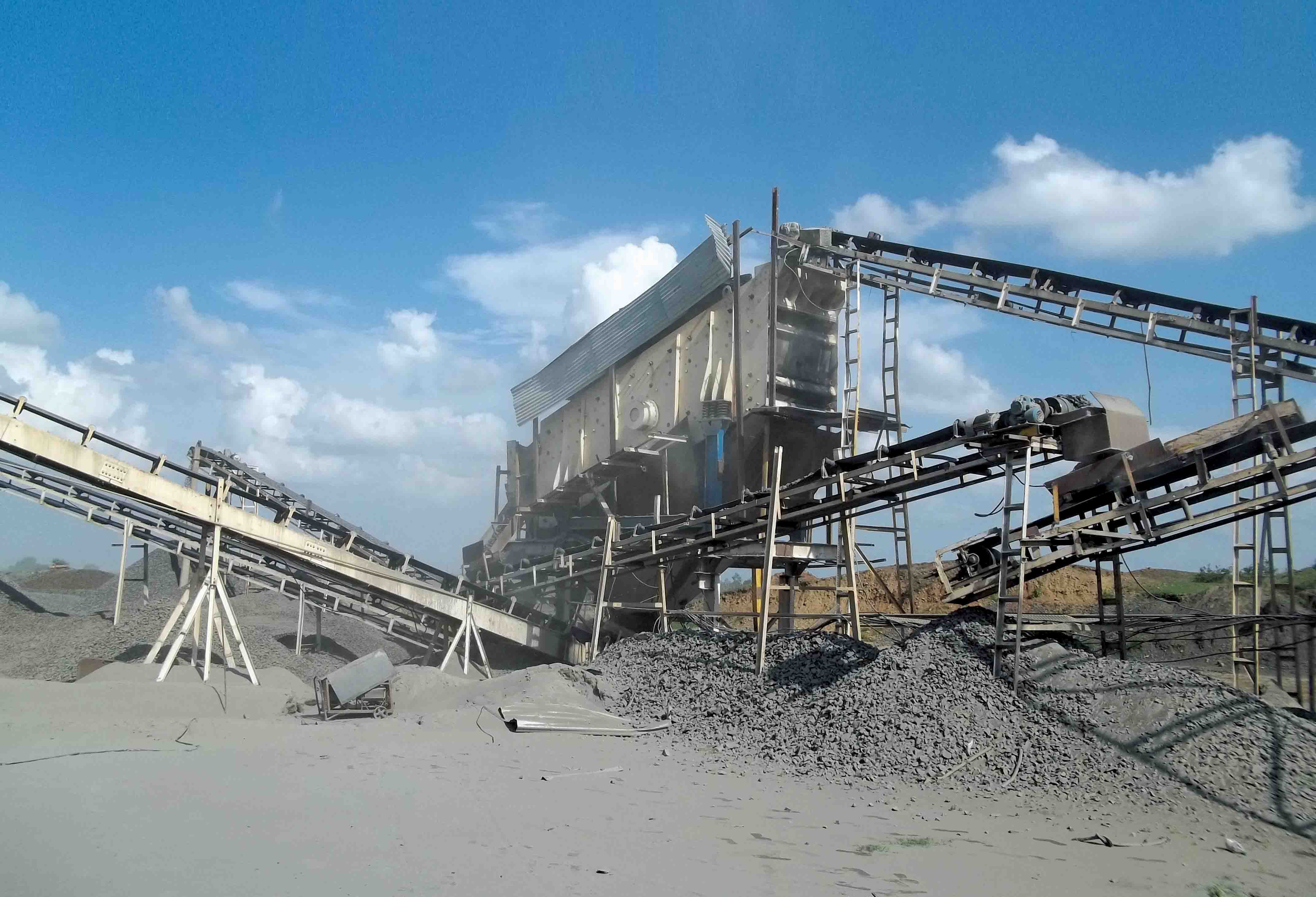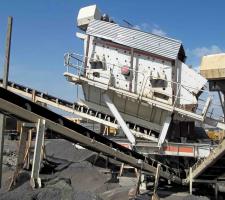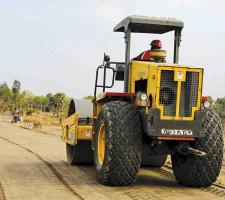
India’s aggregates industry is one of the biggest in the world, spurred on by the country’s huge investment in infrastructure. Patrick Smith reports.
India, one of the largest global consumers of aggregates, is said to be the new landmark for the world construction industry market.
In 2015 leadership in Asia changed hands, with China falling back in terms of global investments in this sector, achieving only +4% growth while India posted growth of 5.3% over the year.
This change at the top was revealed in a recent presentation of the
“The centre of gravity for the construction market over the last 15 years has gradually shifted eastwards, with the proportion of global investments covered by advanced countries down from 70% to 43% in favour of India and China,” says the report.
In another recent report, India is said to be the only national market in Asia currently experiencing growth in construction machinery sales.
The report, produced by Construction Equipment and Building Materials Machinery Association, in association with the German engineering federation,
One of the drivers for the stand-out performance of India’s construction industry is the Make In India programme launched by Prime Minister Narendra Modi in September 2014. Since its inception, the initiative has reportedly generated more than US$63 billion in foreign direct investment, largely directed towards infrastructure development.
International development banks are also making billions available for significant projects, such as road and rail projects, bridges, airports and power plants, and there are plenty of these in the country that markets itself to tourists as “Incredible India”.
A spokesman for specialist market intelligence and forecasting company, Off-Highway Research, said: “The Indian construction equipment industry has experienced almost 20% growth this year [2016], and we are optimistic that it will continue to expand in the coming years, albeit at a more measured pace.
“Backhoe loaders remain extraordinarily popular in India, accounting for some 45% of demand in unit terms. We expect them to continue to sell in high volumes in the years to come, but we also foresee a continued shift towards larger and more productive machines such as crawler excavators, which are better suited to the pipeline of infrastructure projects in India.”
Off-Highway Research analysts recently forecast total sales of around 55,000 construction machines in 2016, rising to more than 71,000 machines by 2020. With a population of nearly 1.3 billion, India ranks as the seventh largest economy in the world while its gross domestic product (GDP) is the third largest in the world in terms of Purchasing Power Parity (PPP).
What’s more, the country’s economy will continue to grow in the coming years, with respondents to a VDMA survey placing it in the top three investment destinations along with China and South-East Asia in general.
India’s 12th Five-Year Plan (2012-2017) says that investment in infrastructure is the main growth driver of the construction equipment industry, with the Planning Commission estimating that total infrastructure spending will be about 10% of GDP, up from 7.6% in the previous plan (2007- 2012).
Indeed, it has been estimated that infrastructure spending during the current plan will double to about US$1 trillion compared to the previous plan.
While India has one of the world’s largest road networks, said to be some 5.5 million km in total, only a small proportion of these, estimated at around 2%, are Expressways or National Highways, some of which are already four or six lanes, while others are being upgraded to this status. Expressway construction in India in 2016-17 is expected to grow to 15,000km compared with 6,000km the year before. Many roads are classed as major or other district roads, while the majority are rural and other roads.
And with the spending to upgrade housing and infrastructure, the country’s construction sector is expected to grow at 8%/year for the next decade.
All this is good news for those in the construction industry, which employs more than 30 million people, and for quarry and mine owners who will have to supply vast amounts of materials, including aggregates, to complete the projects.
Indeed, a report by the Working Group on Mineral Exploration and Development (other than coal & lignite) for the 12th Five-Year Plan, noted: “The country is endowed with huge resources of many metallic and non-metallic minerals.
“The mining sector is an important segment of the Indian economy. India produces as many as 87 minerals, which include fuel, metallic, non-metallic, atomic and minor minerals (including building and other materials).”
It also noted: “The Indian dimension stone industry is totally dependent on road transport with practically no support from the railways. “Most of the competing countries have a vast network of rail transportation supporting their stone industry through which they are able to offer any quantity in any size at very competitive prices in the international market.
Thus, it is necessary for the Indian stone industry to have proper rail links nearest to the quarrying areas.”
The report also called for special studies to be conducted on sand, sand resources, and sand substitutes including M-sand (crushed aggregates).
The growth of India’s quarrying industry can be seen at the Pachami crushing zone, 250km north of Kolkata, West Bengal’s capital city, where nearly 300 commercial quarry owners operate plants producing between 70-100tonnes/hour. More than 12 owners have technologically advanced crushers that can produce 200tonnes/hour.
Equipment such as excavators, haulers and crushing and screening plants from all the major global manufacturers are helping to produce 50,000tonnes aggregates/day from the quarries close to crushing sites, using mainly basalt stone. As well as local demand, they are looking to help feed neighbouring Bangladesh’s growing need for aggregates.
Impressive. A few years ago Pachami could be described as a nondescript rock crushing area, where operators processed just a few tonnes of material each day.
But with a report from Persistence Market Research forecasting the global consumption of construction aggregates to reach 62.9 billion tonnes by the end of 2024, up from 43.3 billion tonnes in 2016, such plants are likely to be producing much more.
This will be necessary for works such as the 84km stretch of road from Bankura to Purulia in West Bengal where contractor Bharat Vanijya has been using a fleet of Volvo machines to widen the two-lane road from 5.5m to up to 10m.
With connectivity being a basic tool of development, projects such as these have a socio-economic impact and are designed to foster a successful economic and business environment.
The
Crushing and screening equipment manufacturer
Paving the way for an even more significant operational and manufacturing presence in India, the investment comprises multifunctional premises, including workshops, offices, engineering, logistics and training centres. While this is a major project, India has many more in the pipeline, either under construction or to be started, such as the Delhi Mumbai Industrial Corridor, seven smart cities along a freight corridor between the nation’s two biggest cities - Delhi, India’s capital and Mumbai.
India’s first SmartCity project at Kochi is expected to cost US$1 billion while the Navi Mumbai International Airport project is scheduled for completion in 2019.
The Gujarat International Finance Tec-City is another smart city on 3.6km² of land, and the 359m tall railway bridge over the River Chenab currently under construction, will be the highest railway bridge in the world when completed.










